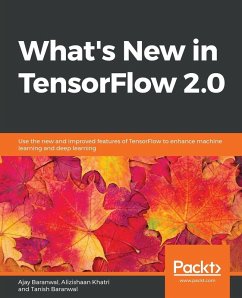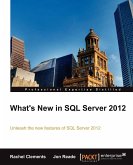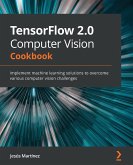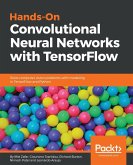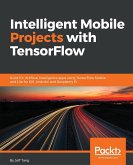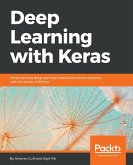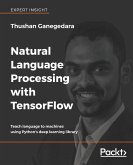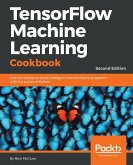Produktdetails
- Verlag: Packt Publishing
- Seitenzahl: 202
- Erscheinungstermin: 9. August 2019
- Englisch
- Abmessung: 235mm x 191mm x 12mm
- Gewicht: 388g
- ISBN-13: 9781838823856
- ISBN-10: 1838823859
- Artikelnr.: 57477790
Hinweis: Dieser Artikel kann nur an eine deutsche Lieferadresse ausgeliefert werden.
- Herstellerkennzeichnung
- Libri GmbH
- Europaallee 1
- 36244 Bad Hersfeld
- gpsr@libri.de

